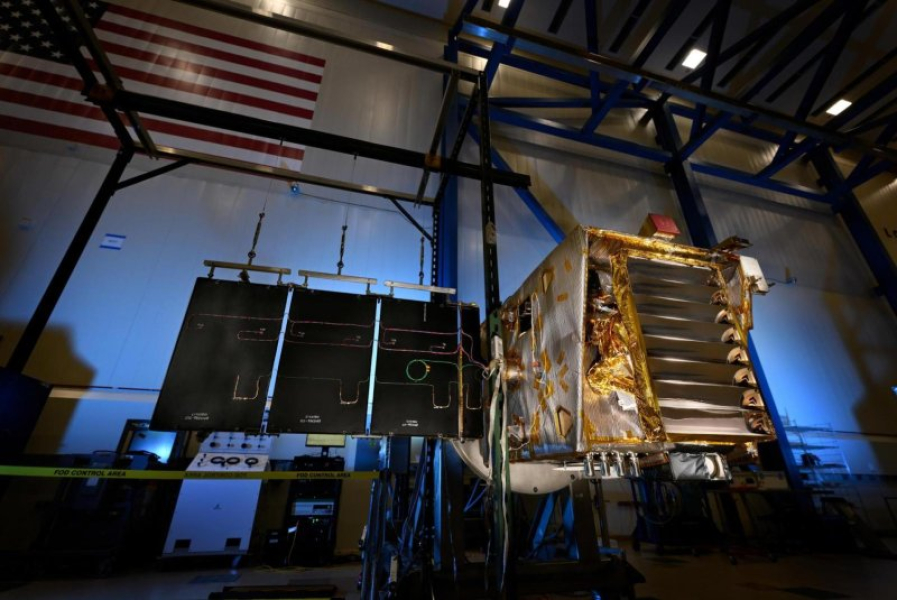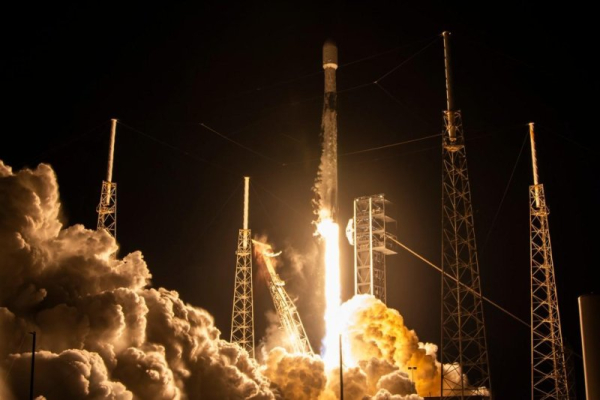
NASA's Lunar Trailblazer mission to the Moon ended in failure after the agency lost contact with the spacecraft just a day after its launch in February and was unable to re-establish contact despite best efforts.
The mission was finally concluded on Friday, NASA announced in a press release Monday.
The satellite was launched on February 26 as part of Intuitive Machines' IM-2 mission aboard a SpaceX Falcon 9 rocket from Kennedy Space Center. The Lockheed Martin Spacecraft successfully separated from the rocket 38 minutes after liftoff.
Another craft, the Polar Resources Ice Mining Experiment, landed successfully on the lunar surface on March 6 near the south pole. However, the Athena lander ended up on its side inside a crater, and its mission lasted only 10 hours instead of the planned 10 days because its solar panels could not be recharged.
The Lunar Trailblazer failed to travel the 238,000 miles from Earth to the Moon.
“At NASA, we pursue high-risk, high-reward missions like Lunar Trailblazer to break new ground in scientific exploration,” said Nicky Fox, associate administrator at NASA Headquarters in Washington. “While this is not the outcome we hoped for, the experience of missions like Lunar Trailblazer allows us to learn and reduce risks for future cost-effective small satellites that will conduct innovative scientific research in preparation for a permanent human presence on the Moon. We thank the Lunar Trailblazer team for their dedication and knowledge throughout this mission to the very end.”
Limited data received after launch showed that the Lunar Trailblazer's solar panels were not properly oriented toward the Sun, causing the batteries to discharge.
NASA said a number of organizations around the world were trying to detect the spacecraft's radio signal and track its location.
“As Lunar Trailblazer moved away from the moon, our models indicated that the solar panels would have been receiving more sunlight, possibly charging the spacecraft’s batteries to the point where it could have turned on radio communications,” said Andrew Klesh, a systems engineer for the Lunar Trailblazer project at NASA’s Jet Propulsion Laboratory in Southern California. “The support of the international community helped us better understand the spacecraft’s spin, direction, and trajectory. In space exploration, collaboration is critical — this gave us the best chance of reestablishing communications.”
Ground-based radar and optical observations showed that Lunar Pathfinder was spinning slowly, drifting into deep space. It was too far away, and its signal would be too weak even if it were receiving power.
The Jet Propulsion Laboratory has built a high-resolution imaging spectrometer for volatiles and minerals on the moon that could detect and map water and minerals.
The spectrometer has been approved for future orbital flights.
The Oxford Union, with support from the British Space Agency, has developed the Lunar Thermal Mapper instrument to collect temperature data and determine the composition of silicate rocks and soils to better understand why water content changes over time.
“We are extremely disappointed that our spacecraft did not reach the Moon, but the two science instruments we developed and the teams we assembled are truly world-class,” said Bethany Ehlmann, the mission’s principal investigator at Caltech. “This combined knowledge and technology will be used in other projects as the planetary science community continues to explore lunar water in depth.”
In the 1990s, NASA's Clementine mission discovered water on the Moon, making it the first spacecraft to fully explore the Moon's surface.
The goal of lunar mapping missions is to further explore the surface in search of water that could support human life.
Artemis II is not expected to reach the Moon until April 26, and the crewed Artemis III mission aboard the Orion spacecraft is scheduled for mid-2027.
Humans have not visited the Moon since 1972.
Sourse: www.upi.com





